- Leadership Pulse
- Posts
- Beyond Motivation
Beyond Motivation
Leading Through Maslow’s Hierarchy of Needs
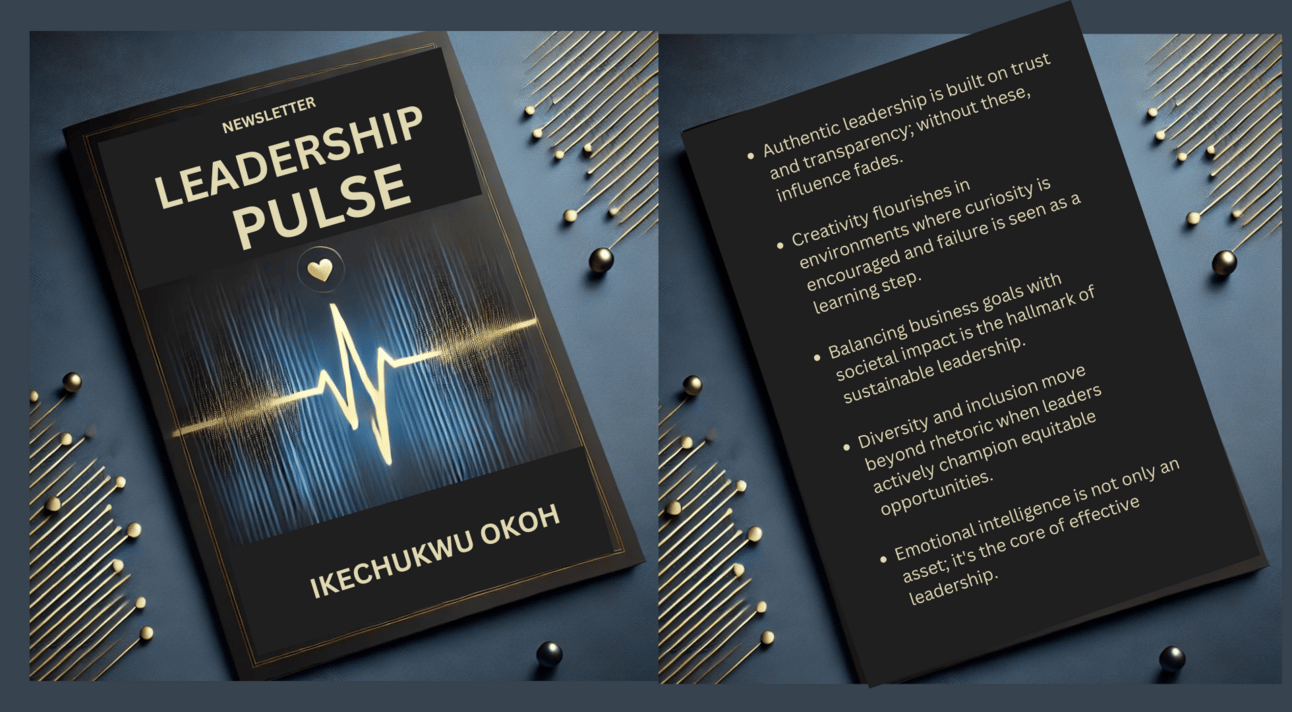
Last week, I received news of my nomination for the TIBA Awards - Top 10 Exceptional Professionals of the Year in Healthcare and Wellness.
I sat quietly with the email for a while.
Not out of pride, but in reflection.
Moments like this remind me that people don’t just follow strategy.
They follow energy.
And energy flows from fulfilment.

In leadership, we often discuss vision, execution, and culture.
But what we seldom address is human need, the unseen framework behind motivation.
It’s what Abraham Maslow outlined decades ago: the Hierarchy of Needs.
A timeless framework that still influences everything from business design to leadership behaviour today.
It explains why people act the way they do, why teams disengage, why founders burn out, and why some organisations flourish while others falter.
And when I reflect on my journey through hospital corridors, boardrooms, and startup advisory calls, I observe the same pattern recurring.
“People perform best when their needs are seen, not just their skills.”
This is the true art of leadership, not managing performance, but understanding needs.
Follow and set notifications for the Fireplace Conversations here:
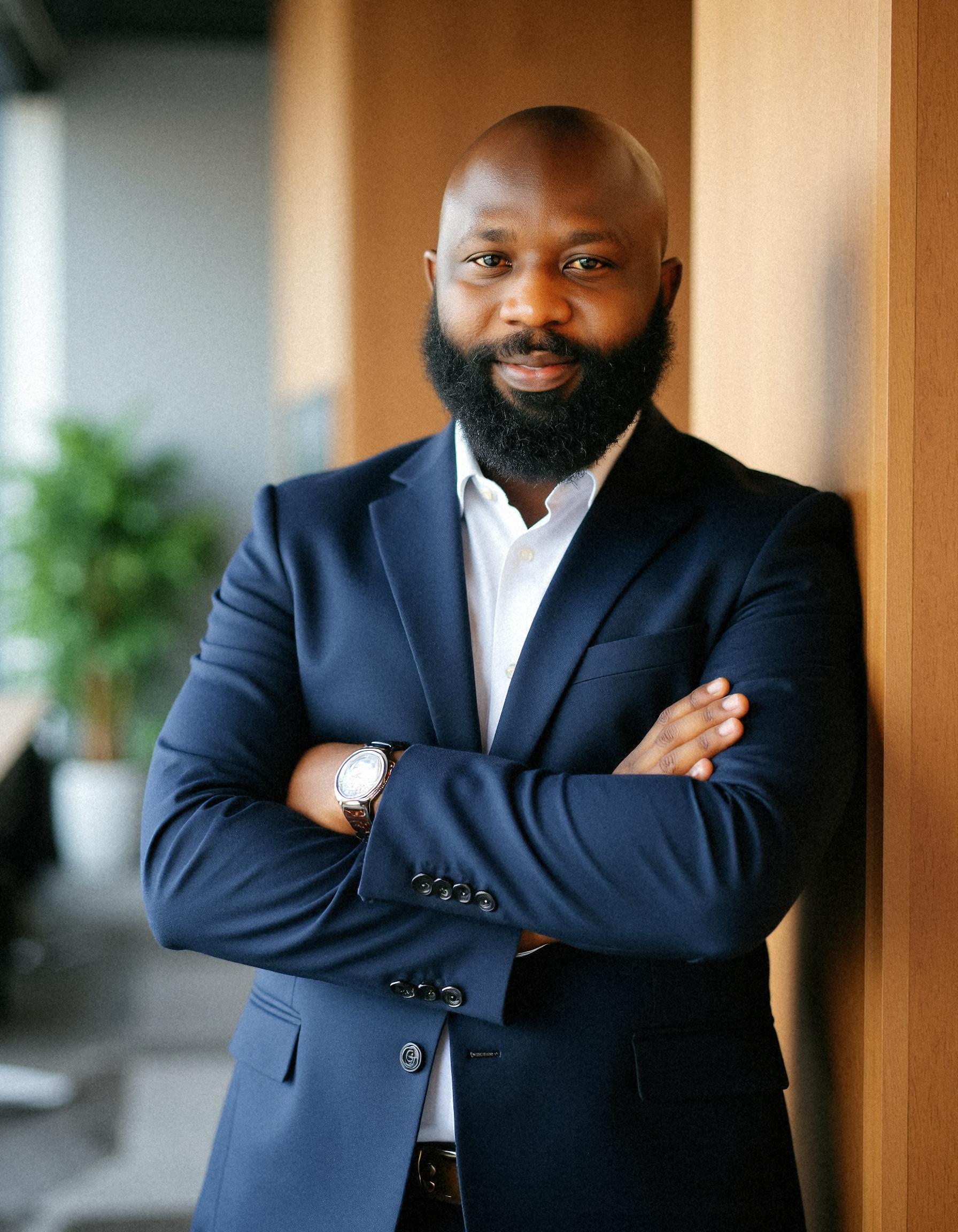
DR IKECHUKWU OKOH
Good morning, and welcome to a new week.
Please subscribe to our weekly newsletter if you have yet to do so.
Here, I share weekly actionable strategies and lessons from my experiences as a healthcare leader, entrepreneur, and angel investor.
Reading the Leadership Pulse newsletter every week will equip you with insights for creating lasting impact, whether navigating leadership challenges, building cohesive teams, or scaling a startup.
Please consider donating so that the newsletter can remain free for everyone.
Join over 4 million Americans who start their day with 1440 – your daily digest for unbiased, fact-centric news. From politics to sports, we cover it all by analyzing over 100 sources. Our concise, 5-minute read lands in your inbox each morning at no cost. Experience news without the noise; let 1440 help you make up your own mind. Sign up now and invite your friends and family to be part of the informed.
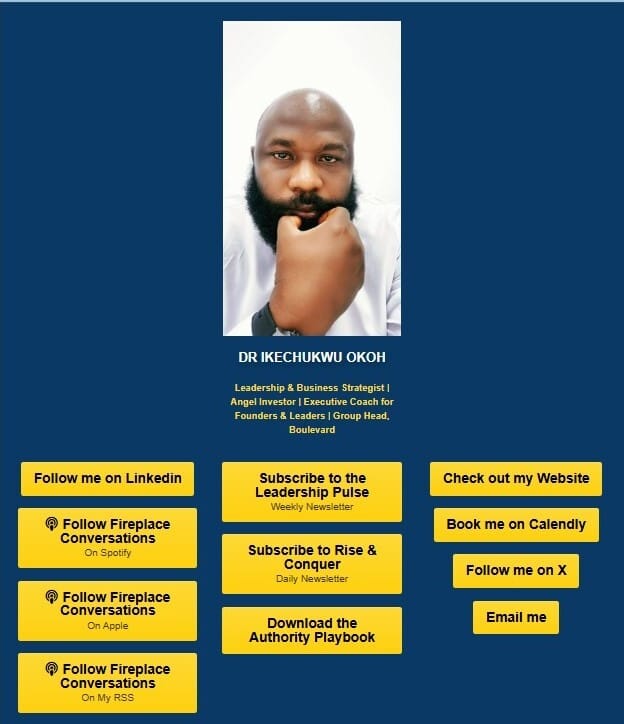
Maslow’s Hierarchy of Needs: Reimagined for Leaders
Maslow’s model categorises human motivation into five ascending levels:
Physiological, Safety, Love/Belonging, Esteem, and Self-Actualisation.

In the MBA classroom, it’s presented as a foundation for consumer behaviour and organisational psychology.
However, in the real world, it functions as a roadmap for leading people, building trust, and maintaining momentum.
Let’s unpack it, not as theory, but as a leadership strategy.
1️⃣ Physiological Needs: Stability Before Strategy
You can’t inspire people who are running on fumes.
In leadership, this level represents the fundamental enablers of performance.
This level represents clarity, time, resources, and rest.
Teams cannot innovate when they’re constantly firefighting.
Leaders cannot think strategically when they’re exhausted.
At Boulevard, I once observed a team’s productivity decline.
Everyone was working long hours, yet results dropped.
The issue wasn’t competence.
It was capacity.
We reorganised schedules, added rest days, and simplified workflows.
Within two weeks, output increased by 30%.
So, before you demand more, design better.
Create stability first.
Create clarity of goals, access to tools, and space to breathe.
2️⃣ Safety Needs: Predictability Builds Performance
People don’t perform at their best when they feel insecure, whether financially, psychologically, or relationally.
Leadership safety isn’t just about job security but also about trust.
Can your team anticipate your reactions?
Do they feel comfortable speaking up?
Do they believe you’ll stand by them when mistakes are made?
In a consulting project with a UK-based healthcare firm, we found that their high turnover wasn’t due to pay.
It was due to fear.
The fear of being blamed, the fear of making the wrong decision, the fear of invisibility.
We implemented a “blameless debrief” system.
After each project, the team reviewed outcomes without assigning blame.
Mistakes became data, not cause for shame.
Turnover decreased within a quarter.
Psychological safety doesn’t lower standards.
Instead, it enhances courage.
3️⃣ Love and Belonging: The Power of Connection
The third layer of Maslow’s model is belonging.
It’s the feeling of being part of something bigger.
It is the feeling of belonging to a tribe, a purpose, a shared story.
Every great organisation is more than just a structure.
It’s a family of shared beliefs.
When Boulevard was expanding into new markets, we faced cultural barriers.
Different teams, countries, and rhythms.
I learned quickly that connection cannot be left to chance.
We started hosting Friday Circles, an informal virtual gathering where people shared personal wins, challenges, and gratitude.
The result was that engagement soared.
People began helping each other across departments, not because they had to, but because they wanted to.
Teams don’t thrive on instructions.
They thrive on inclusion.
4️⃣ Esteem: The Currency of Recognition
Maslow described esteem as the need for respect, recognition, and achievement.
This is where leaders often get it wrong.
We assume high performers don’t need acknowledgement.
But recognition isn’t vanity;
It’s validation.
I was reminded of this again when the TIBA nomination arrived last week.
It wasn’t about the title.
It was a signal that consistency matters, that effort accumulates, and that impact isn’t overlooked.
The same applies in teams.
If you only measure output and ignore contribution, you drain morale.
During one of my advisory sessions, a founder said, “I don’t have time for recognition. We’re too busy building.”
My reply was simple: “You’re not building fast. You’re burning slow.”
Recognition energises motivation.
What you recognise, you reinforce.
5️⃣ Self-Actualisation: Leading at Your Highest Level
This is the summit of the hierarchy.
This is where purpose meets performance.
At this stage, people are no longer working for a salary or status.
They’re working for significance.
As a leader, your role is to create conditions for others to reach that peak by aligning their talents with impact.
During my MBA, one of my professors said something that has stayed with me:
“The highest form of leadership is enabling others to outgrow you.”
At first, I didn’t understand it.
Now I do.
The most outstanding leaders don’t hoard power.
They multiply it.
They create environments where others thrive, even beyond their shadow.
Your true legacy isn’t how high you climbed.
It’s how many others you helped to rise.
The Leadership Maslow Matrix™
To help you apply this practically, here’s a simple 5-step reflection tool:
Maslow Level | Leadership Application | Action This Week |
|---|---|---|
Physiological | Ensure your team has time, clarity, and tools. | Simplify one process today. |
Safety | Build trust and predictability. | Have one “no-judgment” conversation. |
Belonging | Strengthen team connection. | Host a gratitude or reflection session. |
Esteem | Recognise contributions meaningfully. | Praise effort publicly, not just results. |
Self-Actualisation | Align strengths with purpose. | Delegate a growth opportunity to someone ready. |
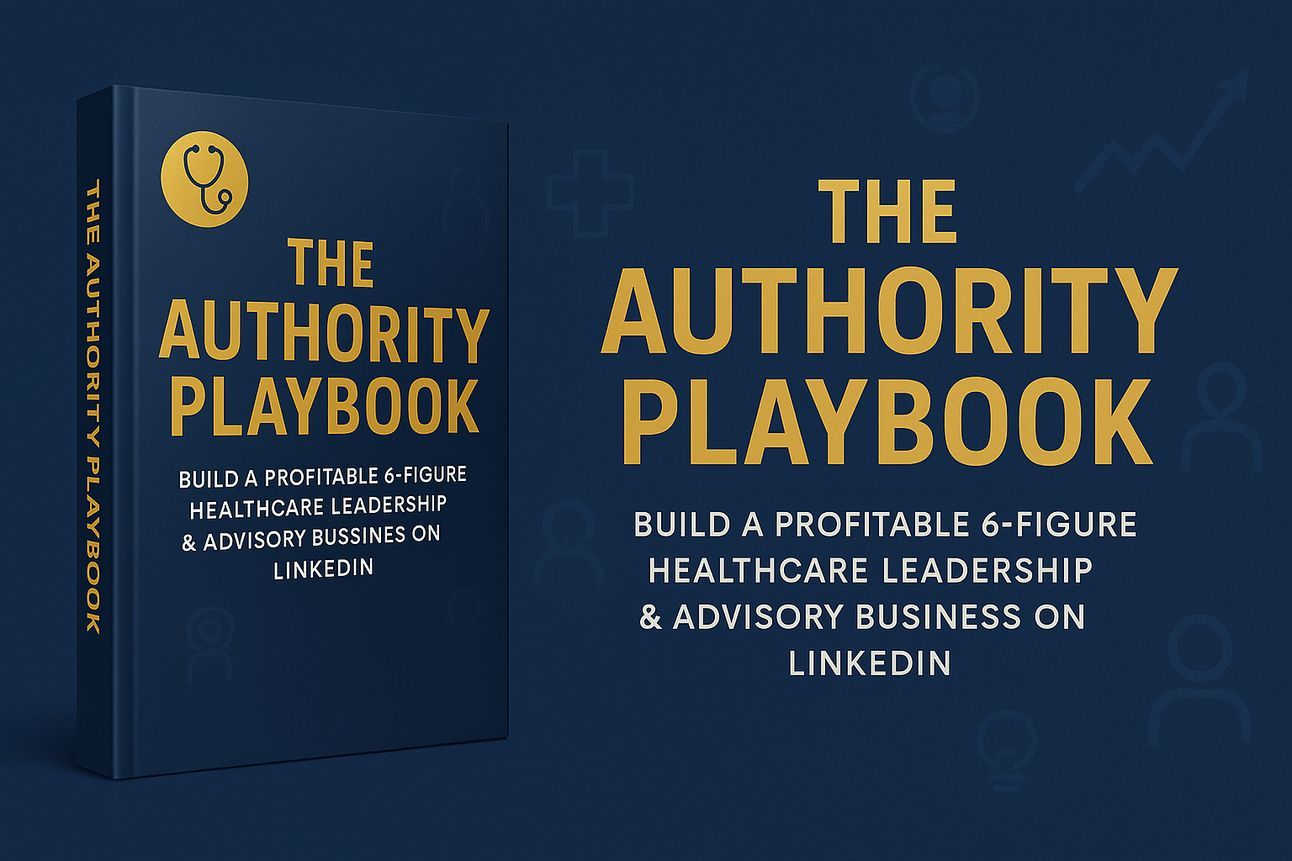
Join my newsletters:
Leadership Pulse:
Rise & Conquer
Get my free guide –
Feel free to share this newsletter with a colleague or peer who could benefit from these insights.
Subscribe to Rise & Conquer, our daily newsletter on LinkedIn.
Each morning, Tuesday- Friday, at 5:00 AM, I share powerful lessons on mindset, leadership, and high performance.
The Hospital That Rebuilt Engagement Using Maslow’s Model
A hospital I once consulted for had excellent salaries but low morale.
Doctors were leaving.
Nurses were disengaged.
Patients noticed.
When we applied Maslow’s model, the issue became clear: the staff’s basic needs were satisfied, but their psychological needs were unmet.
We devised interventions for each level:
Rest cycles and ergonomic redesigns (Physiological),
Transparent communication and peer review (Safety),
Recognition boards and shared decision-making (Belonging & Esteem),
Leadership coaching and career planning (Self-Actualisation).
Six months later, retention increased by 40%.
Satisfaction soared, and the hospital’s reputation was restored.
The framework didn’t just rebuild morale.
It reignited meaning.
Ikechukwu’s Journal
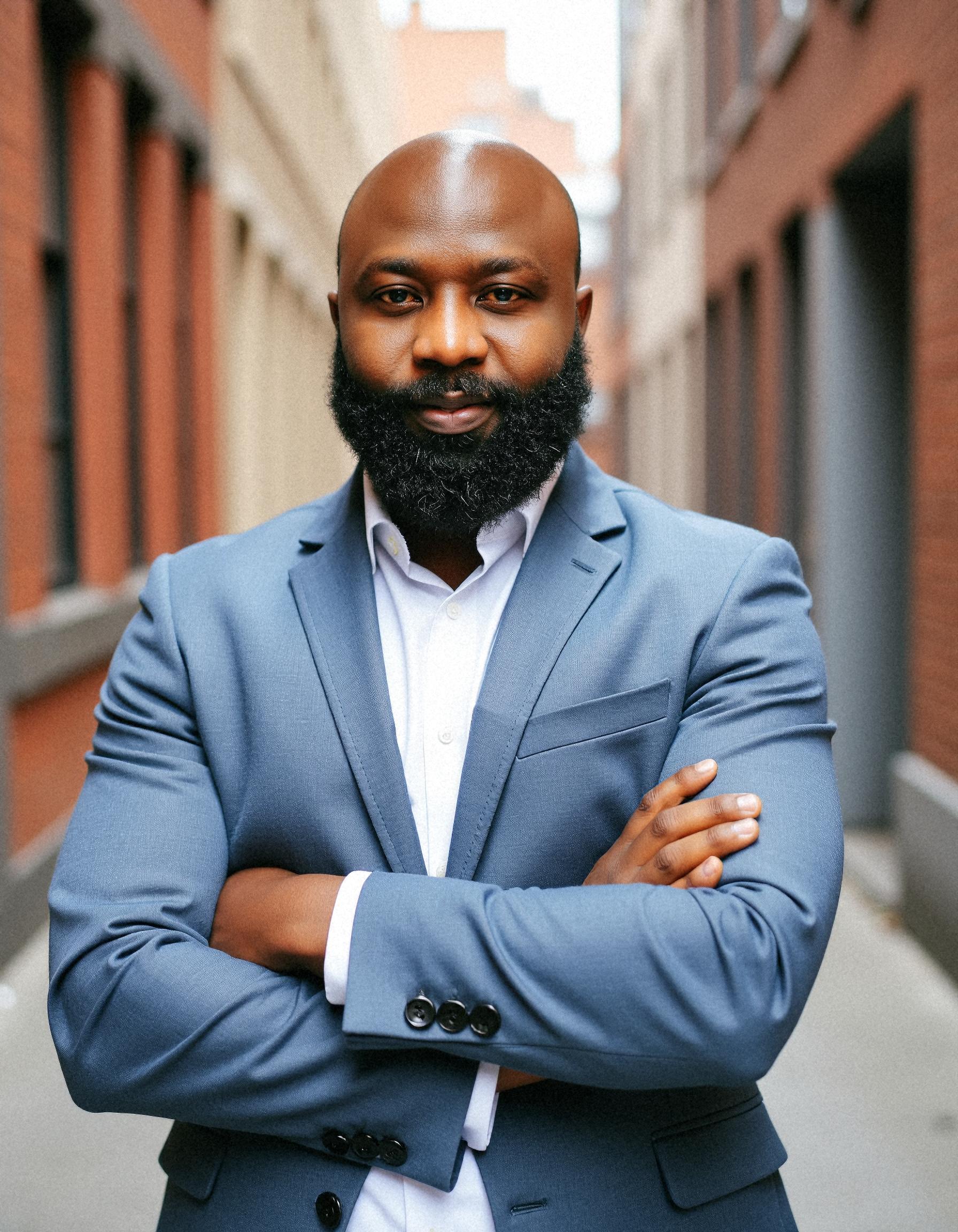
When I reflect on Maslow’s framework, I see my own leadership journey within it.
In my early years, I led to achieve results.
Later, I focused on relationships.
Now, I lead towards renewal, helping others realise their potential while remaining grounded in my own.
Each stage of leadership mirrors Maslow’s levels:
You begin by trying to survive.
Then you seek stability.
Next, belonging.
After that, recognition.
And ultimately, legacy.
It’s a climb that never truly ends.
Every new step introduces a new need.
Each new need requires a fresh mindset.
That’s why leadership isn’t a destination, but an ongoing ascent.
Reflection for This Week
Ask yourself:
Which of your team’s needs are unmet right now?
Which of your own needs are you ignoring?
Leadership isn’t only about moving people forward.
It’s about elevating them from merely surviving to truly thriving.
That’s how great leaders sustain performance without losing people or themselves.
What to Do This Week
✔ Audit your team using the five Maslow levels.
✔ Identify one layer where motivation is weak.
✔ Take a straightforward action to meet that need.
✔ Reflect on your own unmet needs as a leader.
Your title may earn authority, but your empathy maintains influence.
Great leaders don’t just oversee tasks.
They address needs clearly, consistently, and compassionately.
When you understand what motivates people, you’ll never need to push them.
They’ll start guiding themselves.
And don’t forget, next Tuesday, a new episode of Fireplace Conversations will be live at 8 AM.
Follow and set notifications for the podcast here:
I offer the following services:
Executive Coaching for Healthcare Leaders:
Tailored strategies for effective leadership in uncertain times.
Healthcare Consulting Services:
Insights to enhance operational efficiency, compliance, and patient care.
Advisory for Healthcare Startups:
Support with scaling, investor pitching, and regulatory navigation.
“Subscribe to the Leadership Pulse Newsletter. It is amazing.”- Tolu Ekwe.
Please stay connected with me:
Ikechukwu Okoh
Author of the Leadership Pulse


Reply